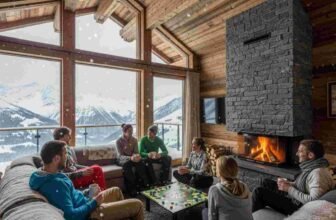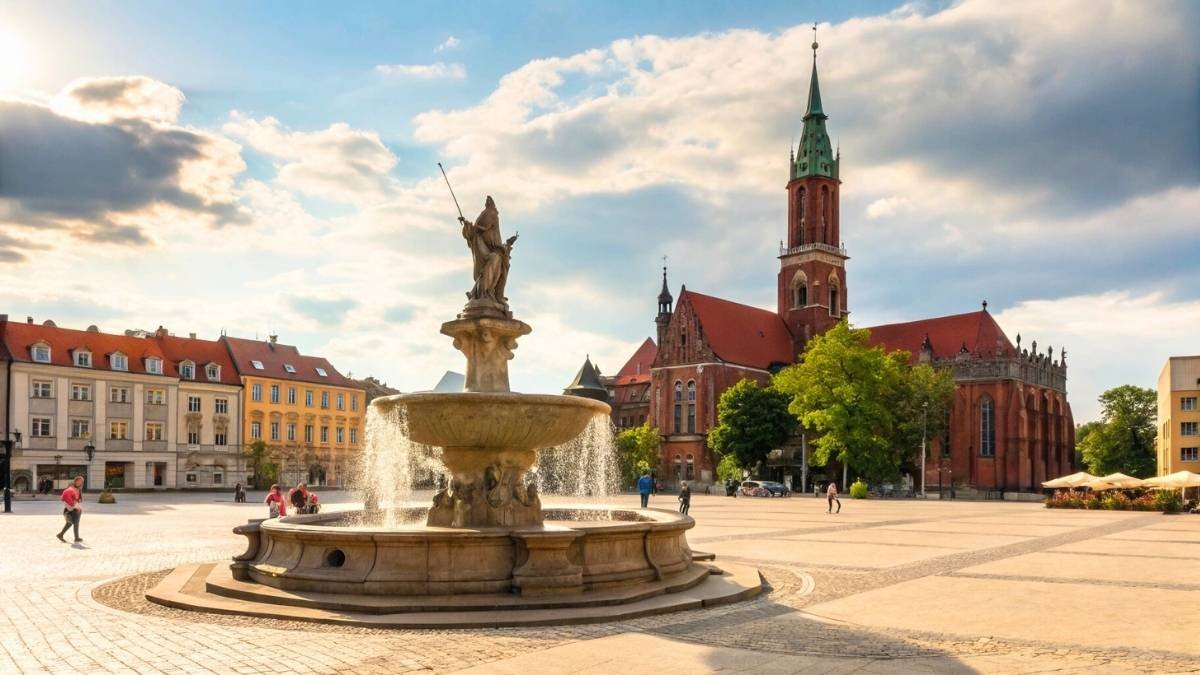
Ever dreamed of owning a charming storefront in a cobbled village or a boutique inn tucked in rolling hills—all without draining your savings? Across Europe, forgotten towns are being reborn, offering more than just postcard beauty.
They’re handing the keys to entrepreneurs, creatives, and bold investors—at a fraction of the cost—with tenants already lined up and communities eager for revival.
This isn’t fantasy real estate; it’s a rare chance to build something meaningful where your investment truly matters. If you’ve ever longed for land, legacy, or a life less ordinary, these 9 rural regeneration zones are calling.
1. Calabria, Italy
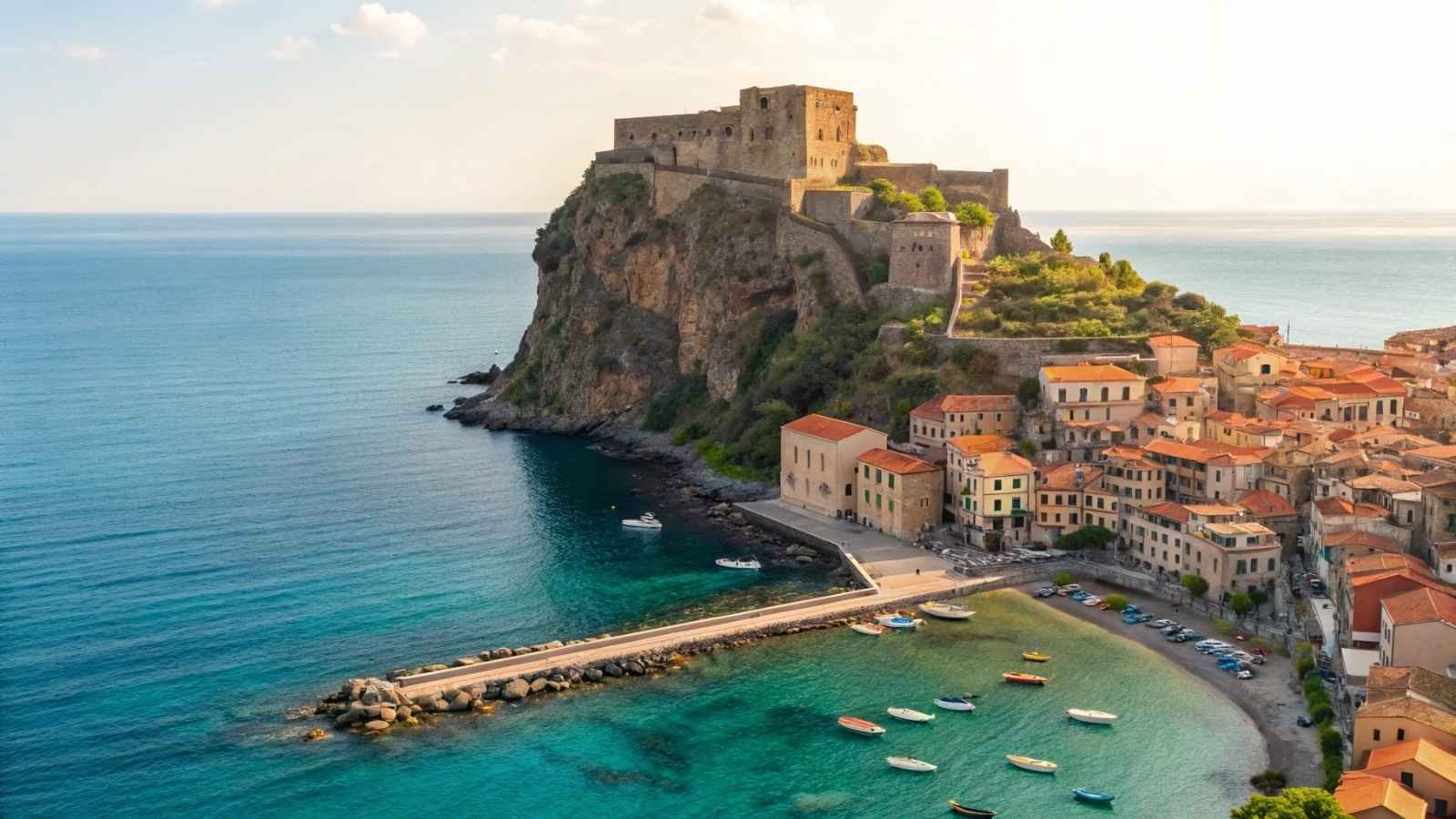
Calabria is southern Italy’s best-kept secret. Tucked between the Ionian and Tyrrhenian Seas, it offers dramatic coastlines, charming hilltop villages, and incredibly undervalued property—especially when compared to the rest of Italy. The region has launched several rural regeneration incentives, including subsidized commercial properties where the local municipality guarantees tenants (often small local businesses, artisan cooperatives, or tourism startups). These properties are typically priced at 25–35% of actual market value, and many include tax relief or grants for restoration.
One of Calabria’s standout features is its dual appeal—it’s a haven for both nature lovers and those targeting cultural tourism. Think medieval towns like Civita or seaside gems like Scilla. These places have foot traffic from both locals and visitors, ideal for cafes, boutique hotels, or local product stores. The local government is also invested in revitalizing these communities through infrastructure upgrades and partnerships with EU development funds.
You won’t find big crowds or inflated prices here—yet. Investors are taking early notice, and Calabria’s untapped potential is finally becoming a focus. The combination of low entry cost, government-backed tenancy, and slow tourism boom makes it a strategic, not speculative, move.
Additional Info:
- Best Months to Visit: May to early July, September to mid-October
- Primary Industries: Agritourism, hospitality, retail, food & wine production
- EU Development Funds Available: Yes
- Language Barrier: Moderate – Italian is dominant, but young professionals often speak English
- Airport Access: Lamezia Terme International Airport
2. Alentejo, Portugal
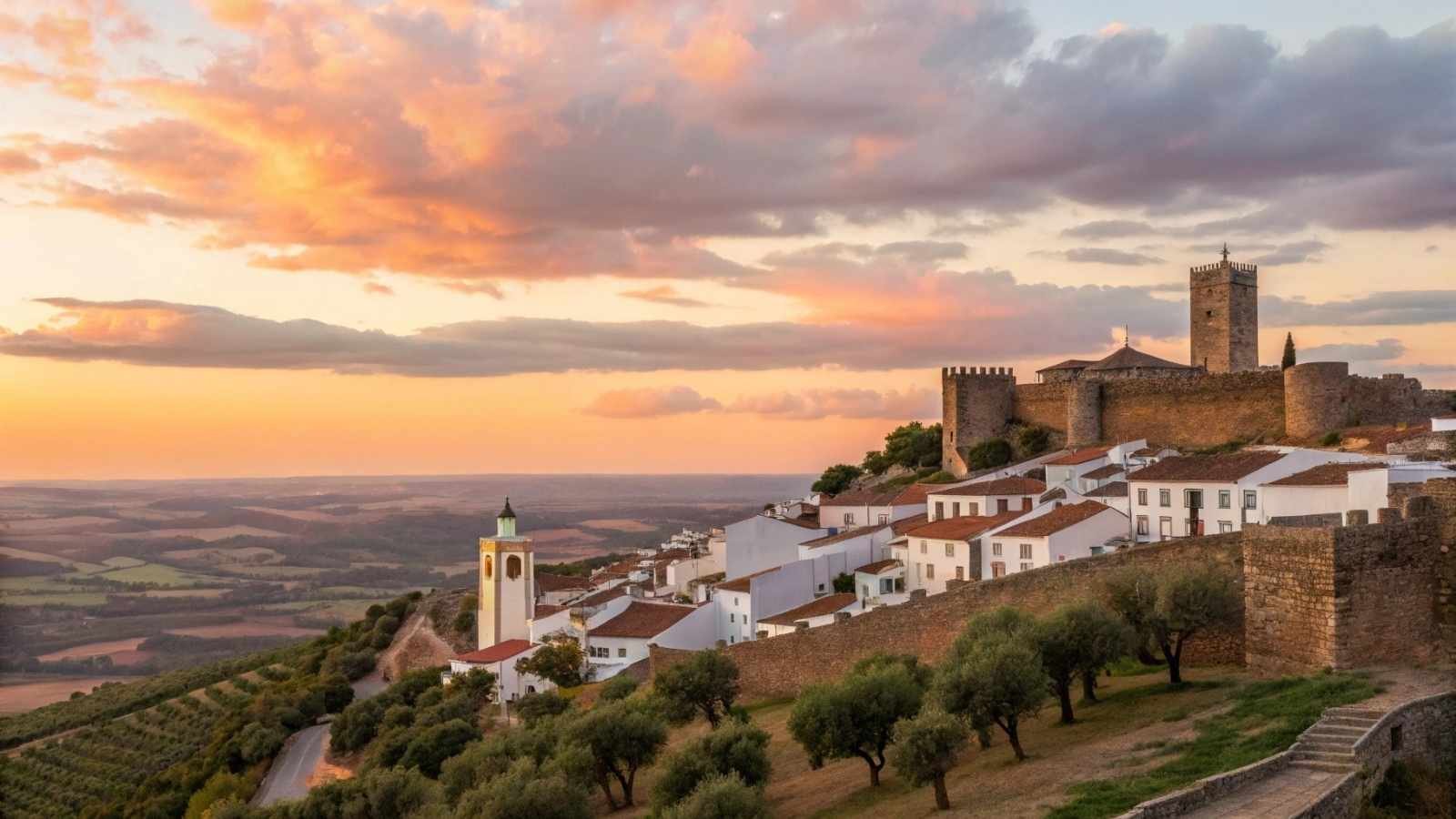
Think of Alentejo, Portugal, as a peaceful giant. It’s a big region, reaching from Spain to the ocean. Unlike some busier places, it feels calm and open. You’ll see lots of cork trees, fields of olive trees, and charming old villages soaking up the sun. But beyond the beauty, Alentejo is also a hotspot for government-backed rural investment. You can now purchase fully serviced commercial buildings—think renovated town center shops or guesthouses—for under 40% of their appraised value. Even better, most come with multi-year lease guarantees under regional economic recovery programs.
The charm of Alentejo lies in its authenticity. It’s not flashy, but it’s rich in culture, food, and tradition. Towns like Évora, Beja, and Moura are drawing in new energy from both national and international investors. And there’s a rising demand for things like boutique accommodations, remote work hubs, and eco-retail. If your idea of investment includes low risk, cultural depth, and government support, this region should be near the top of your list.
The government is working closely with foreign investors to revitalize the area’s economy without overwhelming its identity. That means foreign ownership is welcomed, especially when it leads to job creation or services for the local population. With Portugal’s stable legal framework, this is a very investor-friendly landscape.
Additional Info:
- Best Months to Visit: March to June, September to November
- Primary Industries: Hospitality, eco-tourism, agribusiness, cultural services
- EU Development Funds Available: Yes
- Language Barrier: Low – many speak English, especially in business
- Airport Access: Lisbon Airport (approx. 1.5–2 hours)
3. Peloponnese, Greece
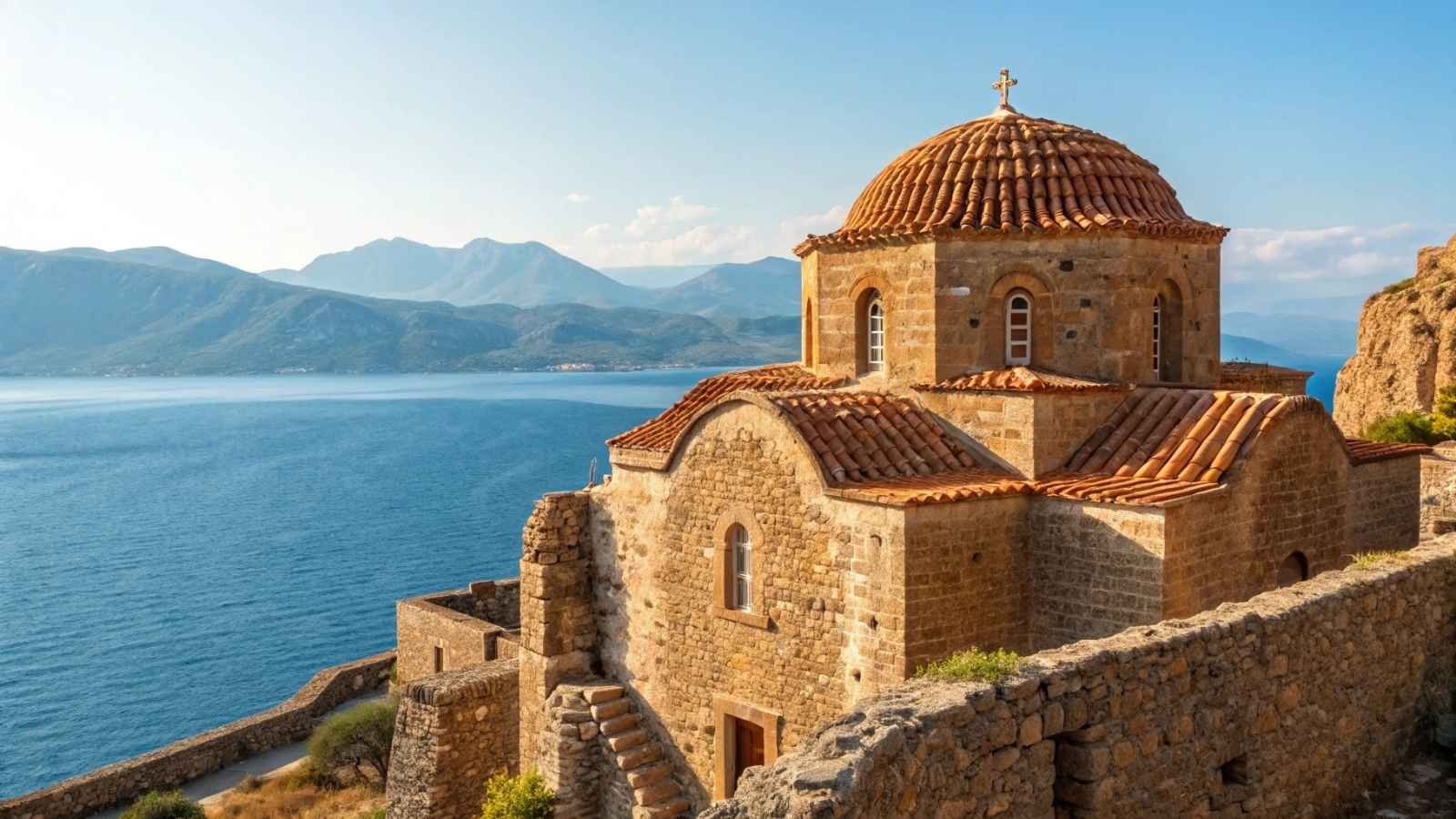
Greece’s Peloponnese peninsula combines Mediterranean flair with ancient mystique—and now, it’s also making headlines as an investment destination. Several municipalities here, including parts of Messinia, Laconia, and Arcadia, are part of regeneration efforts involving heavily subsidized commercial real estate. You’ll find stone buildings in need of restoration, but with tenancy already secured, often by Greek start-ups or tourism service providers. Prices are typically around 30% of true market value.
What’s special about the Peloponnese is its year-round appeal. Tourists visit not just for summer beaches but for autumn wine tours, spring festivals, and winter mountain escapes. That’s ideal for investors looking to run or lease out properties that stay relevant year-round. You’re not buying into seasonal hype—you’re joining a growing shift toward authentic, sustainable tourism.
Greece has streamlined much of its red tape for foreign investors, especially in rural areas. That means it’s easier than ever to own and operate a property outright or partner with local business initiatives. If you’re interested in mixing culture, coastal life, and robust EU support, this is a serious contender.
Additional Info:
- Best Months to Visit: April to June, September to November
- Primary Industries: Heritage tourism, winemaking, boutique retail, eco-stays
- EU Development Funds Available: Yes
- Language Barrier: Moderate – English is spoken in business and tourism hubs
- Airport Access: Kalamata International Airport
4. Northern Highlands, Scotland

Scotland’s Northern Highlands may be remote, but they’re bursting with opportunity. Thanks to both the UK and Scottish government regeneration schemes, you can acquire historic commercial buildings, such as old inns, post offices, or shopfronts, for as little as 25–35% of true market value, often with long-term leasing guarantees. These programs target foreign investors who will preserve the historic nature while creating services for rural populations.
This region has been pushing toward becoming a digital nomad and outdoor lifestyle haven, making it perfect for investments like cafes, co-working spaces, or adventure tour services. Think of places like Dornoch, Ullapool, or even tiny fishing villages that are suddenly seeing new foot traffic. And the community support here is strong—locals often rally around new businesses that commit to the region.
The Highlands are also receiving increased attention from film tourism (thank you, Outlander and Netflix). So, there’s a growing appetite for authentic visitor experiences. The government helps bridge the financial risk by backing tenants, usually new start-ups or essential local services.
Additional Info:
- Best Months to Visit: May to September
- Primary Industries: Hospitality, creative arts, eco-tourism, digital services
- Grants & Funding: Available via Scottish Rural Development Programme
- Language Barrier: None
- Airport Access: Inverness Airport
5. Banská Bystrica Region, Slovakia
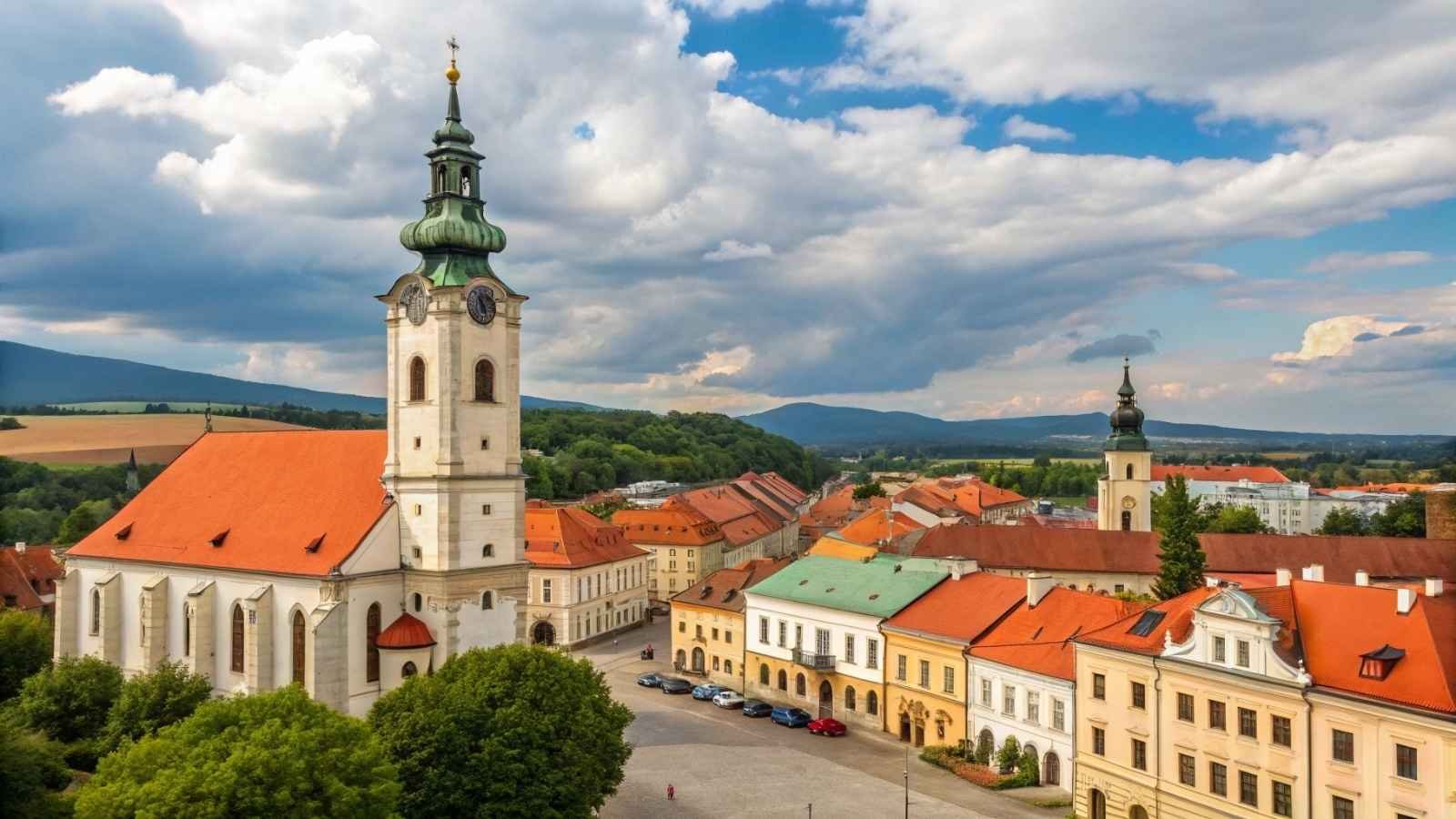
Located in central Slovakia, this mountainous region has quietly become one of the most progressive zones for rural regeneration. The local and EU-supported government programs here allow foreign investors to acquire fully-licensed commercial buildings for 30–40% of market value, often with government-backed tenants, such as local craft cooperatives or regional food initiatives.
The vibe here is rustic but forward-thinking. The region is full of thermal spas, ski resorts, and UNESCO towns like Banská Štiavnica, drawing in consistent local and cross-border tourism. What’s emerging is a hybrid model of eco-tourism, wellness services, and remote-friendly business spaces—and investors who tap into that early are getting significant returns.
Foreign ownership laws are friendly, and the local government often helps with paperwork, especially if you’re contributing to employment or infrastructure. The area is also incredibly safe, stable, and culturally rich. If you want something under the radar but high on value, Banská Bystrica is a smart move.
Additional Info:
- Best Months to Visit: May to October, December to February (ski season)
- Primary Industries: Wellness tourism, crafts, boutique lodging, food production
- EU Development Funds Available: Yes
- Language Barrier: Moderate – the younger generation often speaks English
- Airport Access: Bratislava Airport (2.5–3 hrs) or Vienna International Airport (3.5 hrs)
6. Castilla-La Mancha, Spain
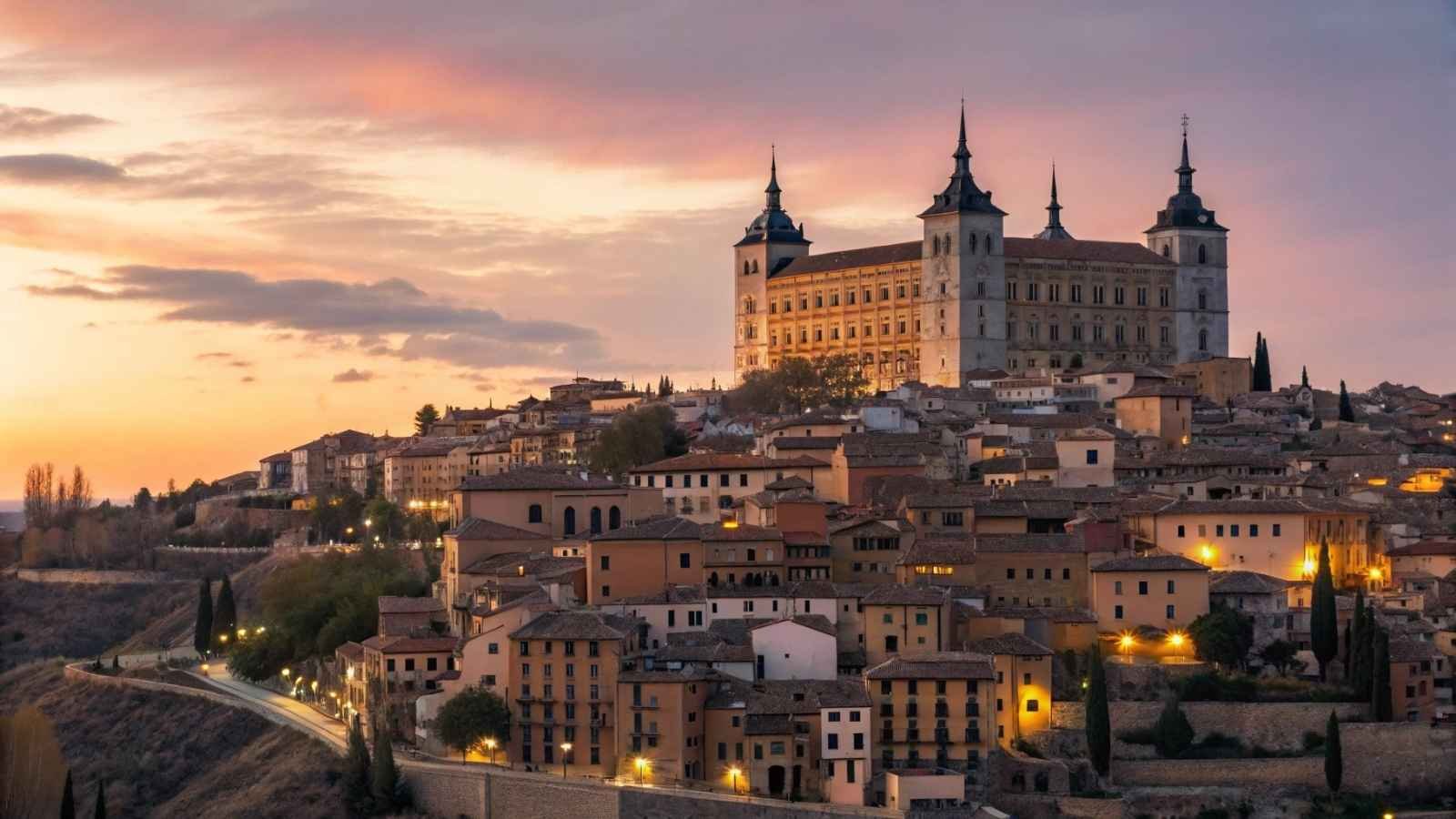
Ever thought of investing in Don Quixote’s homeland? Castilla-La Mancha is a vast, sunlit plateau in central Spain, famed for its windmills, vineyards, and historic towns like Toledo and Cuenca. But behind the postcard-perfect scenes lies a growing movement to revitalize rural economies through commercial property initiatives. Investors are being courted with up to 70% off commercial market rates, plus tenant guarantees from local business collectives or regional craft associations.
The government here is working hard to attract modern business, especially in agri-tourism, food processing, and digital services that can thrive in quiet, connected spaces. Properties include everything from restored olive oil mills to town square storefronts just waiting for a wine bar, co-op grocery, or guesthouse. What makes it attractive is its proximity to Madrid (under 2 hours), offering investors access to both local authenticity and a national market.
There’s also a strong cultural infrastructure—UNESCO towns, regional festivals, and national heritage routes. This isn’t just about low prices—it’s about buying into a well-rooted cultural economy with support from both locals and legislators.
Additional Info:
- Best Months to Visit: April to June, September to November
- Primary Industries: Agri-tourism, specialty foods, crafts, heritage lodging
- EU Development Funds Available: Yes
- Language Barrier: Moderate to high in rural areas
- Airport Access: Madrid-Barajas Airport
7. Podlaskie Voivodeship, Poland
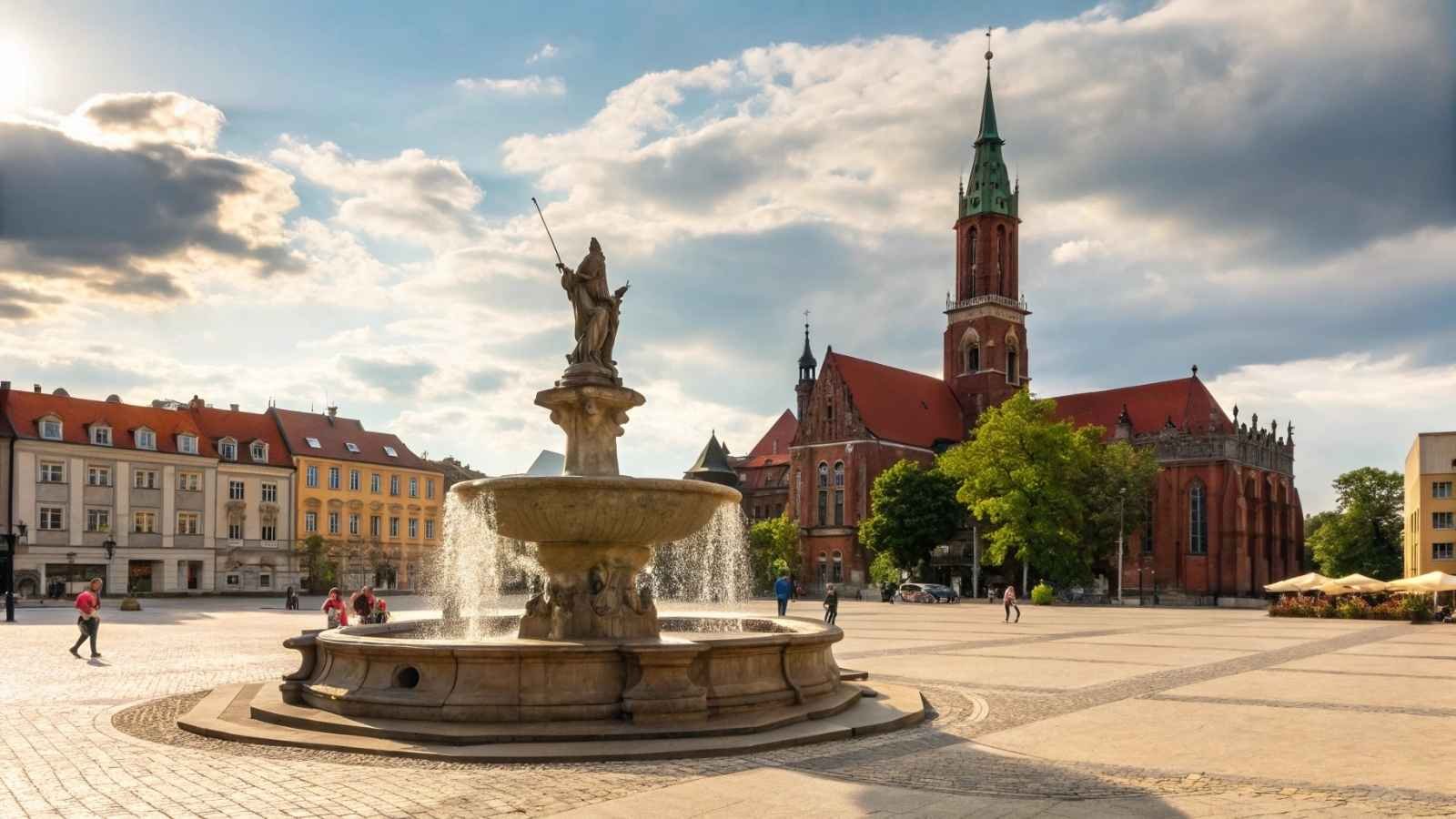
Tucked up near the borders of Belarus and Lithuania, Podlaskie is one of Poland’s greenest and most biodiverse regions. It may not be on every traveler’s radar yet, but that’s exactly why the Polish government is pumping energy—and funding—into attracting foreign investors to revive its rural towns. Commercial buildings in places like Białowieża, Hajnówka, and Suwałki are being offered at 30–40% of their market value, and often with pre-arranged leasing contracts through local cooperatives.
Podlaskie stands out for its eco-tourism potential—home to primeval forests, national parks, and wild bison. There’s a rising demand for rustic guesthouses, wilderness tours, and specialty food producers. If your vision leans toward sustainable business with regional impact, this zone offers a rare blend of accessibility and unspoiled nature.
Plus, it’s ideal for investors who prefer under-the-radar regions with steady EU support, a stable legal system, and solid long-term development plans. Many programs even include startup capital for refurbishment if your business aligns with environmental or social goals.
Additional Info:
- Best Months to Visit: May to September
- Primary Industries: Eco-tourism, traditional food production, artisan retail
- EU Development Funds Available: Yes
- Language Barrier: Moderate to high (some English in business circles)
- Airport Access: Warsaw Chopin Airport (~3–4 hrs by train/car)
8. Maramureș County, Romania

In the northern tip of Romania, Maramureș feels like stepping into a time capsule—wooden churches, horse-drawn carts, and rolling green hills dominate the landscape. But what’s interesting is how this timeless charm is being used as a hook for forward-thinking rural investment. Commercial spaces here—especially in towns like Baia Mare or Sighetu Marmației—are offered at 30% of market rates, often with tenant agreements in place from small manufacturers or cultural businesses.
The Romanian government is promoting the region as a heritage hub for slow tourism, arts, and traditional crafts. Investors are encouraged to support local employment, and in return, they benefit from tax incentives, low-cost utilities, and co-financing on property renovations. Many buildings have historical value—perfect for boutique inns, craft studios, or food enterprises.
Despite its pastoral look, Maramureș is well-connected, and there’s a strong movement among younger Romanians to return to their roots and launch local businesses. If you’re a buyer who values cultural depth and investment tied to legacy, this place hits a rare sweet spot.
Additional Info:
- Best Months to Visit: May to October
- Primary Industries: Folk tourism, traditional food & craft production, small-scale lodging
- EU Development Funds Available: Yes
- Language Barrier: Moderate (younger entrepreneurs often speak English)
- Airport Access: Baia Mare or Cluj-Napoca Airport
9. Eastern Hungary

Last but not least, Eastern Hungary rounds out the list with a compelling mix of affordability, infrastructure, and forward-thinking economic zoning. Regions like Hajdú-Bihar, Szabolcs-Szatmár-Bereg, and parts of Békés County are currently offering commercial properties for as low as 25% of appraised value, often with secured tenants from government-subsidized enterprises such as training centers, wellness clinics, or rural tech hubs.
Unlike many regeneration zones, Eastern Hungary benefits from solid logistics and transport networks—key if you’re eyeing production, storage, or distribution. There’s also a strong wellness trend, thanks to its famed thermal baths and spa towns like Debrecen. Investors are stepping in to launch everything from health resorts to agri-tech farms.
Hungary’s investment laws are generally favorable, and regional programs often include property tax breaks, renovation grants, and simplified business licensing. This is where value meets vision, especially for those who want a rural base with urban-level support.
Additional Info:
- Best Months to Visit: April to October
- Primary Industries: Wellness, logistics, light manufacturing, rural tech
- EU Development Funds Available: Yes
- Language Barrier: Moderate to high outside major towns
- Airport Access: Debrecen International Airport



